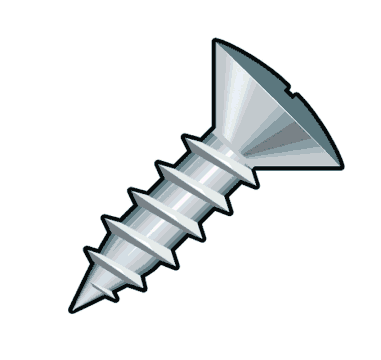The USPTO announced new rules governing the provisions of the America Invents Act ("AIA") relating to inter partes reexamination that went into effect on September 16, 2011.
Inter partes reexamination requests submitted:
- Prior to September 16, 2011: The SNQ standard is applicable in determining whether the request for inter partes reexamination will be granted. If reexamination is ordered based on the SNQ standard, then the SNQ standard will apply throughout the reexamination proceeding.

- On or after September 16,2011, but before September 16, 2012: The "reasonable likelihood" standard is applicable in determining whether the request for inter partes reexamination will be granted. If reexamination is ordered based on the "reasonable likelihood" standard, then this standard will apply throughout the reexamination proceeding.
- On or after September 16, 2012: The Office cannot grant, or even accord a filing date to, the request, because the inter partes reexamination provisions of 35 U.S.C. chapter 31 are not available for any request for inter partes reexamination submitted on or after September 16, 2012. The Office will only accept petitions to conduct inter partes review. (*** The Office will implement the new inter partes review proceedings in a separate rule making.)
As you can see, the Office will no longer apply the "substantial new question of patentability" ("SNQ") standard to inter partes reexaminations filed after September 16, 2011. (The SNQ standard for granting ex parte reexamination has not been revised by the AIA.) Instead, the Office will apply the "reasonable likelihood" standard, requiring the information presented in a request for inter partes reexamination to show that there is a "reasonable likelihood" that the requester will prevail with respect to at least one of the claims challenged in the request.
With respect to the "reasonable likelihood" standard, House Rep. 112-98 (Part 1), at 47, 112th Cong., 1st Sess., provides, in connection with inter partes review, the following:
The threshold for initiating an inter partes review is elevated from "significant new question of patentability" --a standard that currently allows 95% of all requests to be granted--to a standard requiring petitioners to present information showing that their challenge has a reasonable likelihood of success.
(emphasis added.)
So, what is the "reasonable likelihood" standard?
A statement pointing out, based on the cited patents and printed publications, each showing of a reasonable likelihood that the requester will prevail with respect to at least one of the claims challenged in the request, and a detailed explanation of the pertinency and manner of applying the patents and printed publications to every claim for which reexamination is requested.
Section 1.915(b)(3)
Thoughts:
- It is almost impossible to predict - at this stage - the effect of going away from the SNQ test. However, based on the "elevated" language in the Congressional record, it appears that the new standard may result in a lower percentage of requests being granted.
- Unlike an inter partes review, an inter partes reexamination cannot be terminated by settlement between the parties. Plus, following an inter partes review, the petitioner will be estopped (in a later civil, PTO, or ITC proceeding), from challenging the patent on any ground that was raised or "reasonably could have been raised" during the proceeding. Whereas, following an inter partes reexamination, the petitioner is only estopped from challenging the patent on any ground that was raised or "could have been raised." These procedural issues should be taken into consideration - as we approach September 2012 - when deciding whether to request an inter partes reexamination or wait to request inter partes review.









